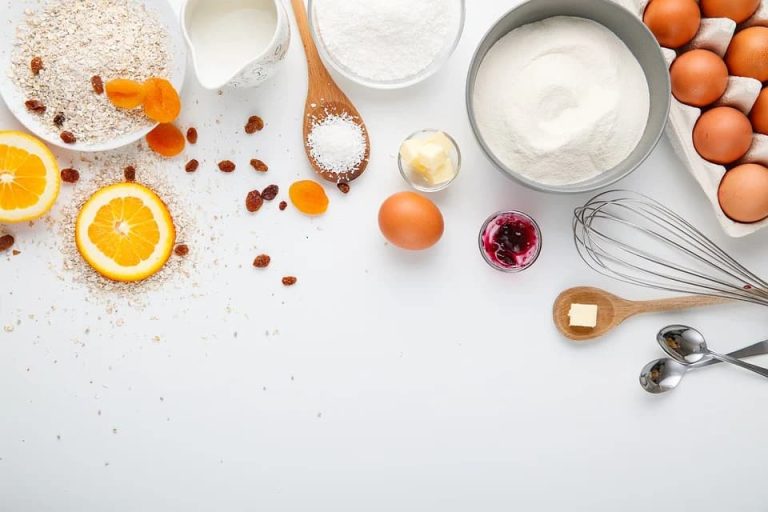Want to Brew Your Own Beer? Here’s How to Start
Brewing your own beer is a really great way to have fun and save money in the process. There are many different kits that will allow you to create the perfect batch of homebrew time after time. If this is something that you’re interested in, this article will teach you how to begin.
Table of Contents
Check Out The Internet
There are plenty of blogs and internet sites that can help you learn the basics, including The Homebrewer’s Library and the Brew Your Own websites. Specialty web pages like Homebrew Talk, Beer Advocate, and The Mad Fermentationist all have online forums. They are where homebrewers can share their experiences with each other about recipes they’ve tried, or how to get started making beer at home. Don’t be afraid to ask questions in the forums because everyone started somewhere, and you can learn a lot from other homebrewers.
The internet is a honey pot for all things beer-related. To help support your homebrewing interests many sites feature starter kits, monthly craft beer clubs, brewing equipment, and guides. There are also accessories, gifts, books, courses, software, beer type, and style guides – and a range of helpful articles.
Get The Right Equipment
The things you will need depend on what type of beer you want to make. For extract recipes, all that’s needed is an equipment kit and a large pot for boiling the ingredients in water. If you are using an all-grain recipe or partial mash, additional equipment will be necessary. This includes:
- a kettle with a spigot
- grain bag(s)
- racking cane(s) & tubing
- thermometer(s)
- fermenter (with lid and airlock)
- bottles and caps
You may also need a wort chiller and such things as keg equipment, bottle filling equipment, corkers and cappers, and barrel equipment.

Choose Your Beer And Buy The Ingredients
Start by choosing your favorite style of beer. For most novice brewers, their first batch will be an American pale ale or India Pale Ale (IPA). This is because they are relatively simple to make and require few ingredients. Once you’ve brewed a couple of batches successfully, it’s easier to move on to more complicated styles like stouts and porters. They use specialty grains that may need to be steeped rather than mashed.
There are so many different types of malts, hops, and yeasts available on the market that it can be tough knowing where to start. This is why you should initially pick up an ingredients kit that has all the grains, hops, and yeast you need to make a certain type of beer. This will take some of the guesswork out of the equation and help you learn about each individual ingredient as you go along.
Clean And Sanitize Everything
Do this in order to remove any potential bacteria or yeast that could infect your beer. This is crucial for making a good-tasting brew. You don’t need to use bleach for sterilizing since warm soapy water gets rid of most germs. If you’d rather have peace of mind when brewing try adding some chlorine powder in a bucket full of hot tap water (while wearing gloves). Be careful not to breathe in the fumes, and wear a mask when mixing.
Let everything air dry or clean it with clean paper towels before use. This is to avoid contaminating your beer with water that may contain bacteria (from having contact with unclean equipment). After you’re done brewing, clean all of your equipment and either store it in the fridge or clean it by hand (then sanitize for next time). Be sure not to leave any soap residue on anything as this will add an unpleasant taste to your future beers.
Brew And Bottle It
After you have all your ingredients, it’s time to get started. There are two different ways that you can make beer – using malt extract or starting from scratch with grains and hops. As we’ve said earlier if you’re new to brewing you should use a kit because it will be simpler, yet you will still be achieving quality results. All of these kits come with detailed instructions on how to brew them so there shouldn’t be any real issues getting started.
Cover the top of the fermenting bucket with an airlock so that no oxygen gets inside while it ferments. After about two weeks of this process, your beer is ready to bottle. This can be a bit tricky if you’ve never done it before, but with a little practice, it will become easier.
As you can see, there are lots of them to research and buy. Once you have all you need and you’ve made your first batch you’ll be able to look forward to the results. This may be the beginning of a lifelong passion that may inspire some of your friends to take up beer making too.







